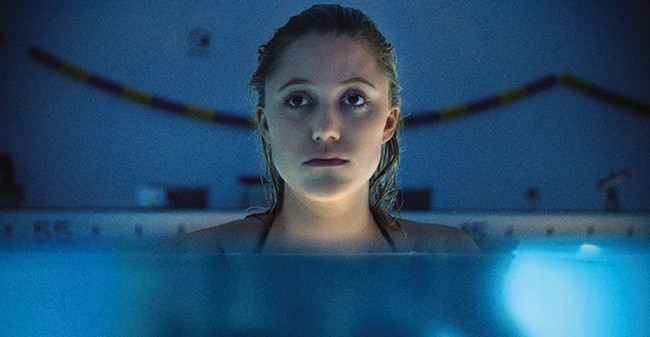
“Horror films don’t create fear. They release it,” said the late Wes Craven, “All of us have our individual curses, something that we are uncomfortable with and something that we have to deal with, like me making horror films, perhaps.” In this manner, the horror genre is a free space in cinema where we explore and let our societal, moral, and idiosyncratic fears wander and converge to take different, horrific shapes to which viewers feel identified.
The last decade underlines a trajectory from lackluster string of found footage small studio pieces to higher grossing possession films to art-house surfacing gems. This year, horror is set to have its best year, led by commercial successful horror films like psychological thriller Split ($277 millions on a $9 million budget) and the art house quality film Get Out ($252 millions on a $4.5 million budget).
Therefore, as a result of a growing market for horror films on a small budget, the genre is expanding both thematically and artistically, A24 and horror genre top cat Blumhouse, keep enlarging their brand by producing and distributing unconventional, minimalist horror pieces, while smaller indie companies like Twisted Pictures have seemingly come to life to take a piece of the cake with the upcoming Jigsaw.
Seeking to represent the horror genre’s transition in this last decade, this list does not only aim to include the “best” films, but to provide an overview of those that have in some way or another stood above the norm or represented a turning point for the genre, whether it would be a thrilling all-out gore fest or the slower, unnerving atmospheres. The discussion for each entry will focus on the film’s themes and how does it accomplish it.
As a disclaimer, while this list does include familiar horror films, it also enlists unconventional, art-house horror pieces that strongly digress from the traditional genre. Horror purists be advised.
Be sure to let us know if you agree or not with our list. Enjoy.
15. The Conjuring (2013)
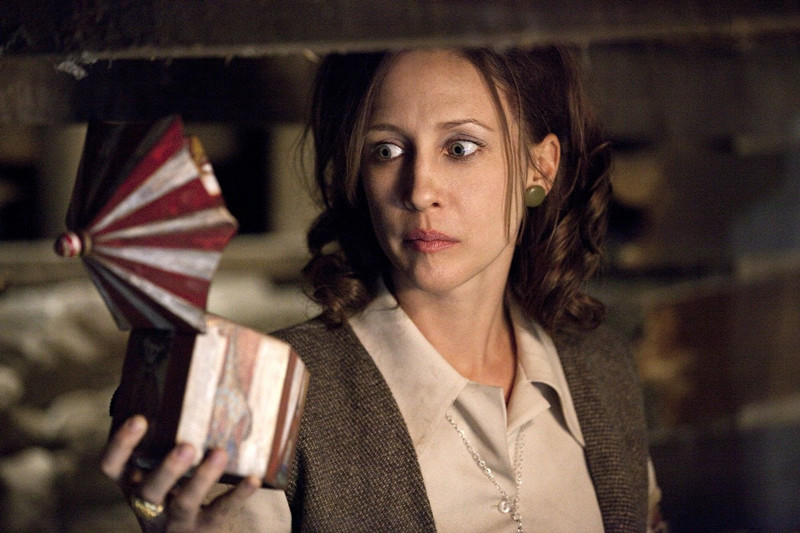
Along a string of successful blockbuster horror films such as Saw (2004) and Insidious (2011), James Wan’s The Conjuring stands out from his horror repertoire not because it reinvents or contributes novelties to the genre, but on the contrary, it revitalizes its longstanding traditions in a familiar premise. By striking an ideal balance between jump-scares and slow burn horror, The Conjuring provides a satisfying thrill ride for both newcomers and experienced horror fanboys.
The Conjuring is based on the real life reports of paranormal investigators Ed and Lorraine Warren and follows the couple (played by Patrick Wilson and Vera Farmiga) as they come to the aid of the Perron family (Ron Livingston; Lily Taylor), who are experiencing strange, supernatural events in their Rhode Island farmhouse in 1971.
The setting grants Wan all the more freedom to use classical tropes and techniques, some reminiscent to 70s horror films such as The Exorcist, in a manner that is organic to its source material as well as immersive for the viewer. Abrupt zoom-ins, the demonic make-up and prosthetics, home movie footage, and a soundscape heavily attentive to the creaks and knocks of the wooden house are among the highlights The Conjuring showcases to support its 70s-horror film orientation.
Lastly, The Conjuring stands out from other blockbuster horror films due to its control in momentum, as well as balance between suggestion and revelation. Whereas films like Sinister and Wan’s Insidious both detract viewers in dispiriting explanations during their second half, and The Conjuring 2 exhibits problematically jarring shifts of tone, the series’ original entry swiftly alternates between character development breathers and horrific sequences while providing a gratifying experience in what could as well as what actually comes out of the closet.
14. Raw (2016)
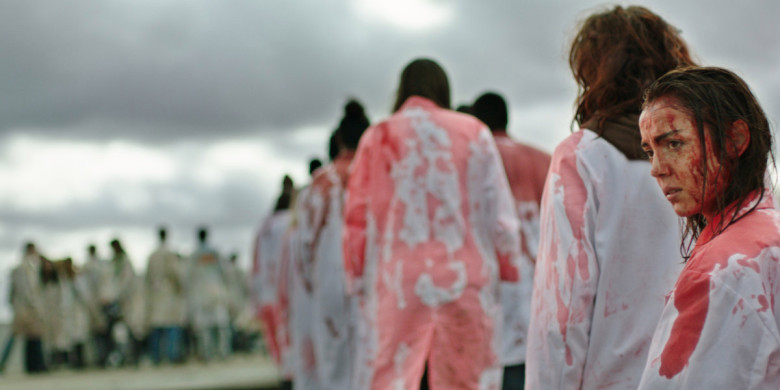
Described by French writer-director Julia Ducournau as “a modern ancient tragedy about too much love” meant to inspire belief that the “building of a moral identity comes with the acknowledgement of tendencies that we qualify as monstrous or evil.” Ducournau’s debut feature film Raw has the empathetic immersion of a coming-of-age drama, essentially a bildungsroman crossed with the graphic body horror that will provoke viewers to perceive anthropophagy as a pubescent sexual awakening.
Although premature, the genre-flexible Raw finds its way on the list for its seamless combination of body horror, coming-of-age, and drama. Raw successfully pushed its coming-of-age horror narrative away from comedy and campy dominion of films such as The Loved Ones, Jennifer’s Body, and the recent Tragedy Girls reign, and on towards the more austere, morally subverting territory of films like Ginger Snaps, enhanced by a new age visual edge.
Raw follows lifelong vegetarian Justine (Garance Marillier) who arrives in college to start veterinary school where her older live-wired sister Alexia (Ella Rumpf) already studies. Initially harboring a reserved, valedictorian aspiring mindset, Justine soon develops a taste for meat that grows into an overwhelming hunger for human flesh and as a result, shifts the freshman towards a menacing, unwavering predatory behavior. The casting is key in film’s horror dynamics, since there is a daunting unpredictability in Marillier’ ability to blend innocence and macabre in both appearance and performance.
Frequently associated with the 70s and 80s Cronenberg body horror films, Argento’s Suspiria, and even Winding Refn’s The Neon Demon, not only does the use of cosmetics in Raw – fingers, ears, limbs – designed to be as real and stomach wrenching as possible, but it showcases a visually distinctive control in color – Justine’s body paint, the plethora of different tones of red – that grants the film an innovative, vibrantly juvenile take on its coming-of-age horror narrative.
In many ways, Raw’s crude, hellishly attractive visuals and gothic psychedelic tracks (courtesy of composer Jim Williams, also in Wheatley’s Kill List and A Field in England) is similar to the 2015 German horror The Nightmare (“Der Nachtmahr”); a gem for horror films enthusiasts searching for films in the same vein as Raw.
Lastly, whereas Hannibal’s depiction of cannibalism is characterized by seductive eroticism, philosophical heights, and divine narcissism, Raw not only normalizes anthropophagy as part of a self-exploration phase, but in doing so, it absorbs viewers in its psychological framework, which becomes all the more terrifying the more enticing it becomes to viewers.
13. Kill List (2011)
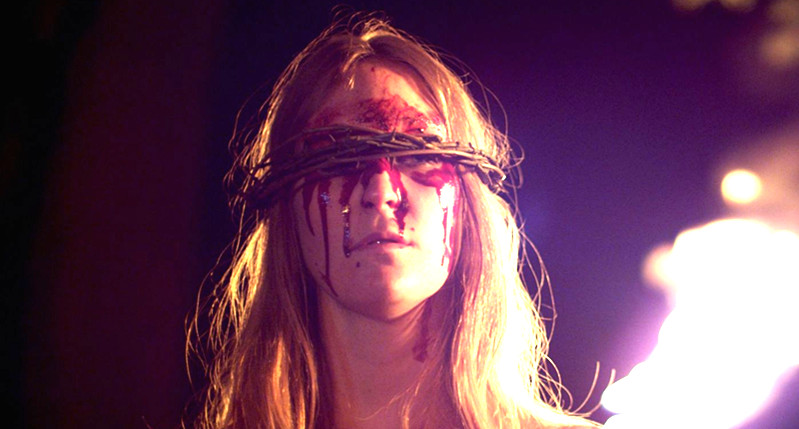
Another appropriate title for director Ben Wheatley’s crime psychological thriller would be “Slow Burn” (yes, we are aware there’s a 2005 thriller of the same name starring Ray Liotta), but perhaps it would fall short to capitalize on a seemingly simple premise that masks the severe, nail-biting, unpredictable thrill ride that Kill List turns out to be.
Kill List follows the unemployed ex-soldier Jay (Neil Maskell), who along with his jocular partner and longtime friend Gal (Michael Smiley), accepts a three-mark hitman job from a sketchy employer, in order to economically support his austere yet supportive wife Shel (MyAnna Buring) and their young son. As they carry on the wet work, there are glimpses, nuanced implications (Wheatley keeps his cards close to his chest), that suggest that there are lurking horrors and hidden agendas unbeknown to the hit men duo.
Under Wheatley’s pen and direction, Kill List transcends its homevid/VOD impressions and in many ways, encompasses or plays along the traditions of three sub-genres: (1) an unnerving kitchen sink drama, (2) a dark crime drama and character study filled with the genuine banter of a buddy film, and an (3) edge-of-your-seat “shoot-em-up” whose conclusion lingers way after the credits roll.
Through a highly detailed, naturalistic narrative as well as an evocative sense of distrust towards the environment, Kill List stands out from other “twist” reliant horror films, by providing a sudden turn of events that is both unforeseeable and convincingly inexorable.
12. Let the Right One In (2008)
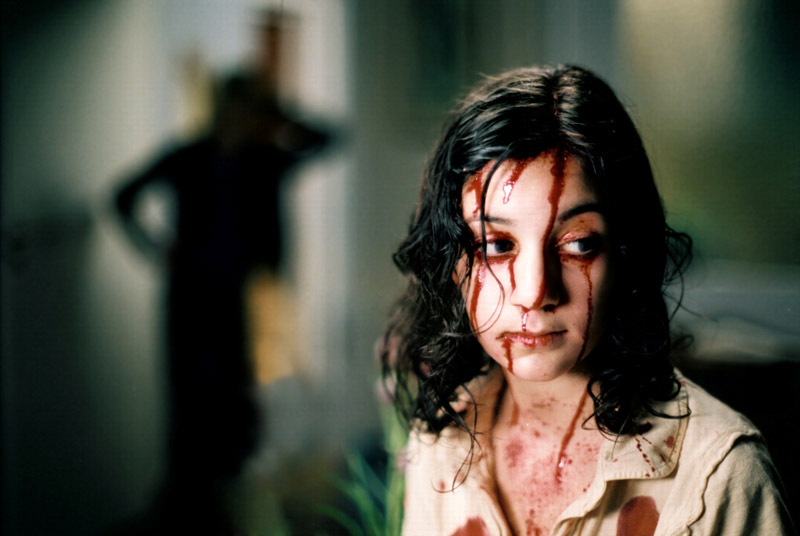
There is a morally unsettling, captivating force in witnessing two desolate, seemingly innocent kids capable of committing horrific acts, while sharing a genuine emotional vulnerability for each other. If Tomas Alfredson’s Let the Right One In was not the most inventive vampire film of the century during the time of its release then it was certainly its most thematically expansive. It can be interpreted as a love story, a coming-of-age, or a black comedy complemented by its horror elements and heavily suggestive mature themes.
Based on a 2004 novel of the same name by John Ajvide Lindqvist, who also wrote the screenplay, and under the direction of Alfredson (Tinker Tailor Soldier Spy and upcoming The Snowman), this art-house vampire film takes place in the Stockholm suburb of Blackeberg in 1981 and follows a brutally bullied 12-year-old boy, Oskar (Kåre Hedebrant), who one night, while swinging his knife and fantasizing about revenge against the school bullies, he meets the new neighbor, the self-possessed Eli (Lina Leandersson).
Seemingly of the same age as Oskar, Eli is actually a centuries old vampire child who has come to the suburb accompanied by her ill-intentioned, yet comically incompetent vampire partner Hakan (Per Ragnar). Despite Eli’s initial warning that they cannot become friends, both quickly grow on each other – Oskar adamantly accepting of Eli’s odd traits and the vampire child encouraging Oskar to confront his bullies – and fall in love.
The vampirish deeds of murder and blood-sucking have a macabre presence throughout the film, which Alfredson accomplishes by leaving it to the viewer to imagine the act itself – the notion of an unseen supernatural entity – and instead focuses on how does it relate to the characters’ circumstances as well as depth of tone. Hakan falling through the hospital window and unto his death, or Oskar being forcefully held underwater unbeknown to him that the bully’s decapitated head is already sinking behind him, allude to a sense of moral, but deliberate punishment through a child’s perspective.
Reminiscent of Gus Van Sant’s films, particularly the Death Trilogy, the visuals in Let the Right One In are endowed by an impersonal, dismal realism that are both convincing and lugubrious of the ordeals the two main characters face.
11. Martyrs (2008)

Whereas some criticize Martyrs as being flat torture porn, others praise it as one of the best horror films of the 21st century. Needless to say, Pascal Laugier’s exploitative horror film would not be held as an icon of New French Extremity – a string of 21st century transgressive, brutal natured films by French directors – if it was not utterly divisive among viewers.
Fifteen years after Lucie (Mylene Jampanoi) miraculously escapes from an underground abattoir, Martyrs follows a disturbed, nightmare haunted Lucie and her more levelheaded friend Anna (Morjana Alaoui), as the former attempts to find the middle-class suburban family that tortured her as a child. Lucie’s overwhelming guilt and conditioned self-mutilation composes only half of Martyrs’ duration, which after a certain inevitable tragedy, gradually comes to reveal the orchestrators behind these heinous acts and the reasons they have for torturing young girls.
The string of grotesque, ritualistic acts throughout the film are characterized by one thing: the literal deterioration of the human body and mentality. In the film’s context, a metal visor nailed to the cranium, the flaying of skin from the body, and the general concept of the body’s survival against torture, all underline a philosophical angle of transcendence through violence; the notion that an individual can attain divinity if he or she were to remove what makes them human – hair, skin, consciousness – through the only means possible.
Martyrs’s greatest achievement is not the extent of ingenuous, graphically brutal scenes, but Laugier’s and both actresses’ portrayal of humane tact, and guilt-ridden mentality, which draws the viewer to assimilate, and feel for the acts of torture, mutilation, and literal dehumanization inflicted on Anna. In this regard, Martyrs does not aim to provoke satisfaction, much less thrill, but to leave the viewer emotionally, if not spiritually drained. Martyrs exploits mental endurance.